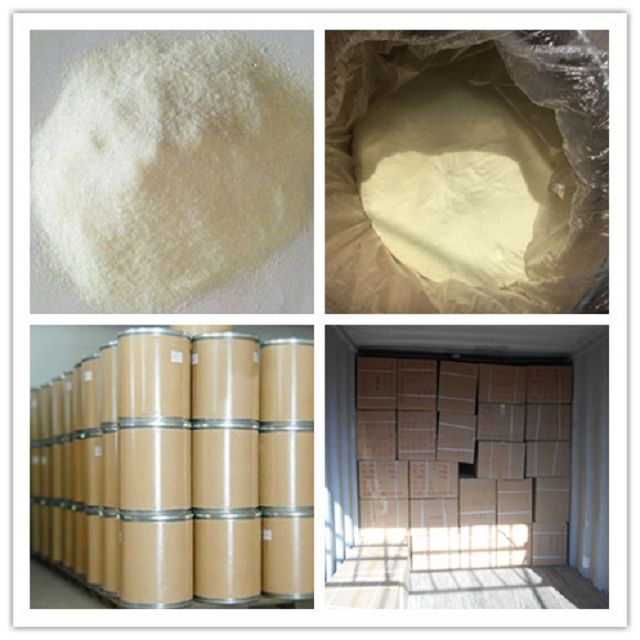Today, let's talk about the locking phenomenon of stainless steel screws.

We often lock up when assembling stainless steel bolts and stainless steel nuts. What is lockup? Locking, also known as seizure, refers to the phenomenon that the bolt and the nut bite and lock during the fastening process, generally occurring between the stainless steel bolt and the stainless steel nut, so it is also called stainless steel screw lock or stainless steel screw.

Why is there a lock-up phenomenon? Analysis of the reasons, there are the following:
1. The angle of inclination of the threaded fit and the softer nature of the stainless steel can easily cause lockup. During the installation process, the force is uneven or inclined, which causes the center axis of the screw and the nut to be tilted to the maximum, and the more easily the tooth pattern is damaged, resulting in the bite lock; the hardness of the stainless steel screw is soft, and if the iron is rubbed during the locking process, the iron is rubbed off during the locking process. The chips will stick and not fall, thus interfering with the smooth in and out of the thread, causing the bottom of the tooth and the top of the crown to die.
2. Excessive locking force and low thermal conductivity of stainless steel can easily lead to thread locking. The stainless steel screw nut generates heat due to friction during rotation. The thermal conductivity of stainless steel is relatively low (basically in the range of 10-30w/mc°, which is about 1/3 of carbon steel). When the pressure and heat generated destroy the chromium oxide layer (the stainless steel is not easy to rust oxide layer) At this time, the metal tooth pattern is directly blocked/sheared, and the stainless steel property is soft, and the adhesion phenomenon occurs. The greater the amount of heat generated by the locking force, the more likely the stainless steel in the portion of the screw is likely to cause adhesion.

How to avoid the lock-up phenomenon for the locking phenomenon of stainless steel screws?
1. Keep the center axis of the screw and nut perpendicular to the locked surface to reduce the inclination angle of the center axis of the screw and nut.
2. Use a torque wrench or a barrel wrench as much as possible to avoid excessive force and control the torque within the safe stock torque range.
3. Try not to use an electric wrench, use a manual wrench to slow down the locking speed, keep the thread clean, reduce heat, and reduce adhesion.
4. Select screws and nuts of different materials to use together to avoid sticking of the same material.
5. Choose anti-locking products or use anti-locking lubricants to reduce friction and avoid locking.
One of the top musk scents of the 1970s and 80s, Coty Wild Musk was very different from Jovan Musk – more sweet wood notes rather than florals. Wild Musk features notes of musk, Musk Ketone, powdery milk, lily of the valley, vanilla, sandalwood and milky accord.
From a 1980s ad: "If you`ve studied the birds and the bees you know the importance of scent and its power of attraction. What you may not know is that we humans can actually enhance our natural scent to speed up the reaction.

Musk Ketone Crystalline ,Powerful Musky Odor,White To Light Yellow Musk,Pale Yellow Musk
Gan Su Original Flavor Co.,ltd , http://www.futureperfume.com